As spring turns the corner and your garden begins to wake up, it’s not just daffodils and tulips making an appearance. If you’ve spotted a yellow flower weed in your garden, chances are it’s one of many invasive species that can crowd out your perennials, hog nutrients, and leave your flower beds looking more wild than well-tended.
Table of Contents
While yellow blooms may seem cheerful at first, many of these weeds are persistent, fast-spreading, and tough to eliminate. Below are 13 common yellow-flowering weeds, how to identify them, and what to do about them—before they take over your yard.
13 Invasive Yellow-Flowering Weeds in Canada
1. Dandelion (Taraxacum officinale)
- Height: Up to 12 inches
- Bloom Period: Spring to fall
- Standout Trait: Ground-level rosette with fluffy seed heads
- Control: Dig out the full taproot with a dandelion puller before it seeds.
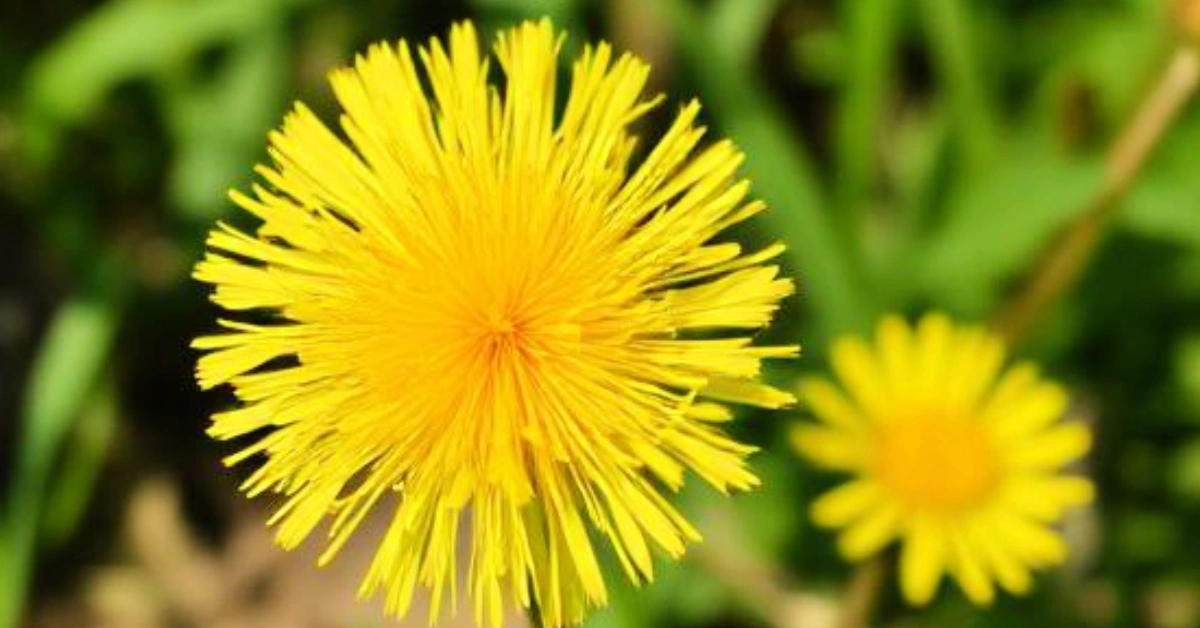
2. Creeping Cinquefoil (Potentilla reptans)
- Height: 3 inches
- Bloom Period: Late spring to summer
- Standout Trait: Palmately compound leaves, low-growing mat
- Control: Remove after watering, sifting the soil to extract all taproot fragments.
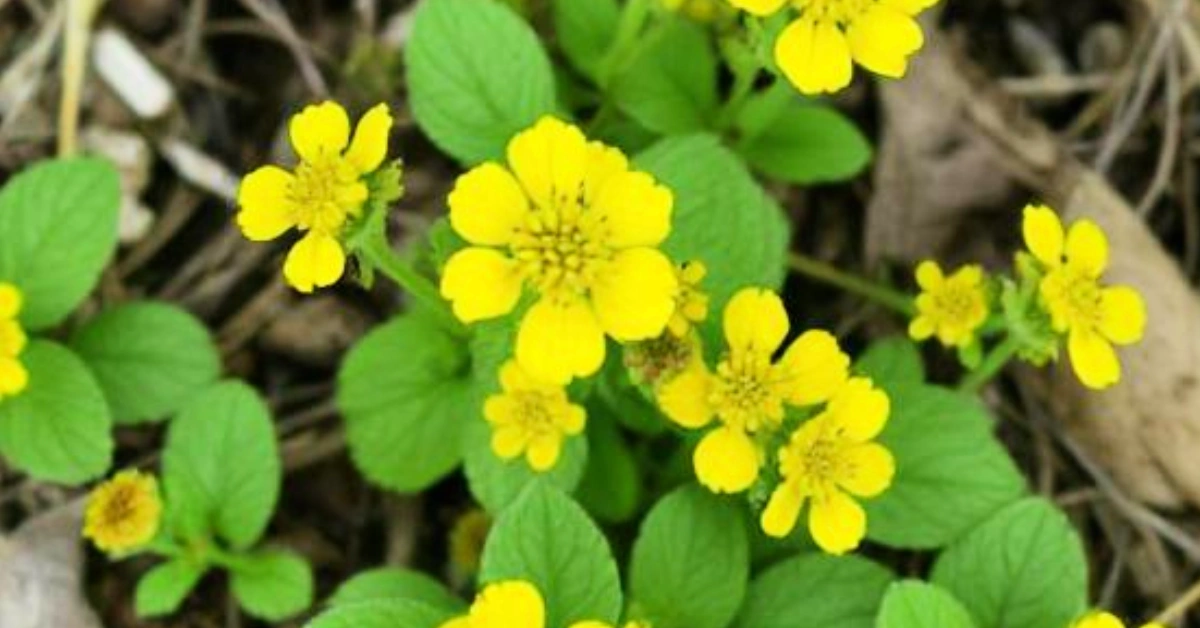
Tomato Companion Planting 2025: Grow Better, Tastier Tomatoes with These 3 Smart Pairings
9 New Light Blue Flower Varieties for Summer 2025: Must-Have Blooms for a Peaceful Spring Garden
3. Common Purslane (Portulaca oleracea)
- Height: ¼–¾ inch
- Bloom Period: Summer to frost
- Standout Trait: Succulent leaves and ground-hugging growth
- Control: Pull out entire plant before it drops seeds. Avoid leaving any fragments behind.

4. Goldenrod (Solidago spp.)
- Height: 1.5 to 5 feet
- Bloom Period: Summer to frost
- Standout Trait: Tall stalks with fluffy yellow blooms
- Control: Remove flower heads before they seed; dig up rhizomes and roots thoroughly.
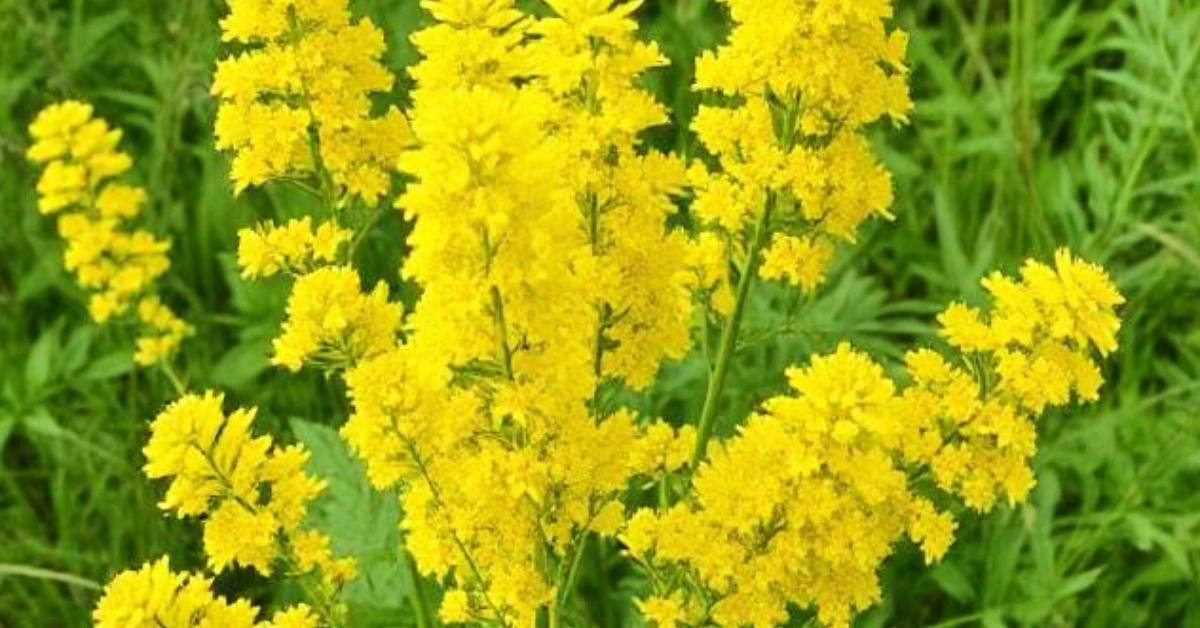
5. Mouse-Ear Hawkweed (Hieracium pilosella)
- Height: 4 to 12 inches
- Bloom Period: Summer
- Standout Trait: Hairy leaves in rosettes, spreads via stolons
- Control: For small patches, dig out; for larger ones, smother with tarps.
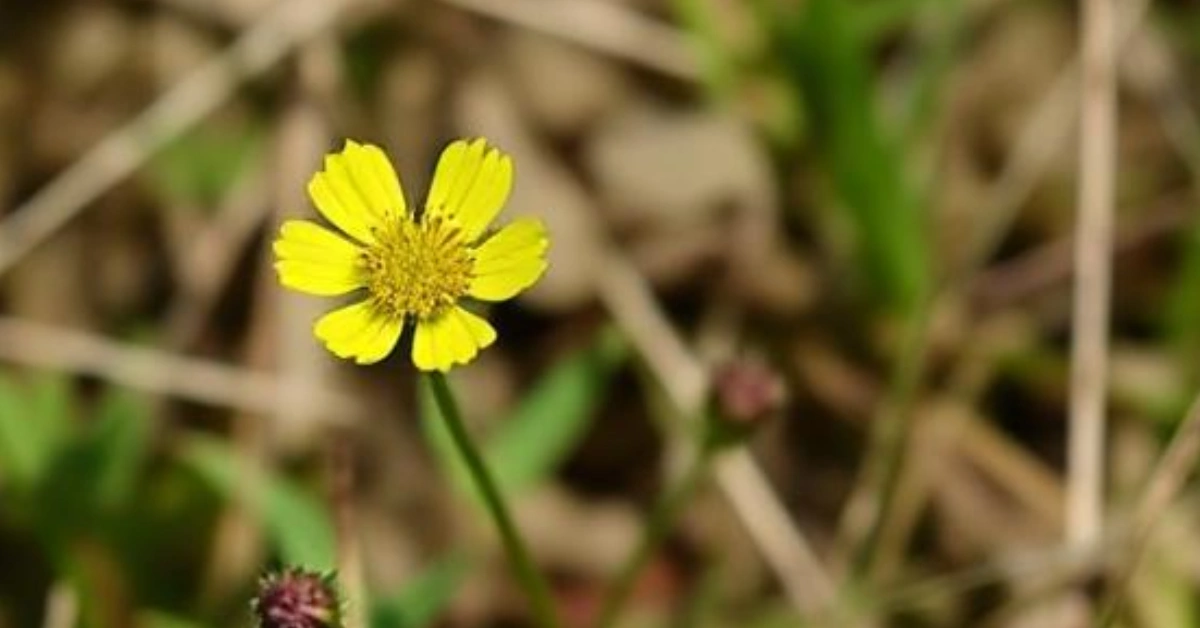
6. Black-Eyed Susan (Rudbeckia hirta)
- Height: 2 to 3 feet
- Bloom Period: Summer
- Standout Trait: Daisy-like flowers with dark centers
- Control: Dig up if over-spreading. Cut flowers to prevent reseeding.

7. Yellow Wood Sorrel (Oxalis stricta)
- Height: ~6 inches
- Bloom Period: Summer
- Standout Trait: Clover-like leaves and explosive seed capsules
- Control: Pull before seed pods form. Remove rhizomes and spray with vinegar if needed.
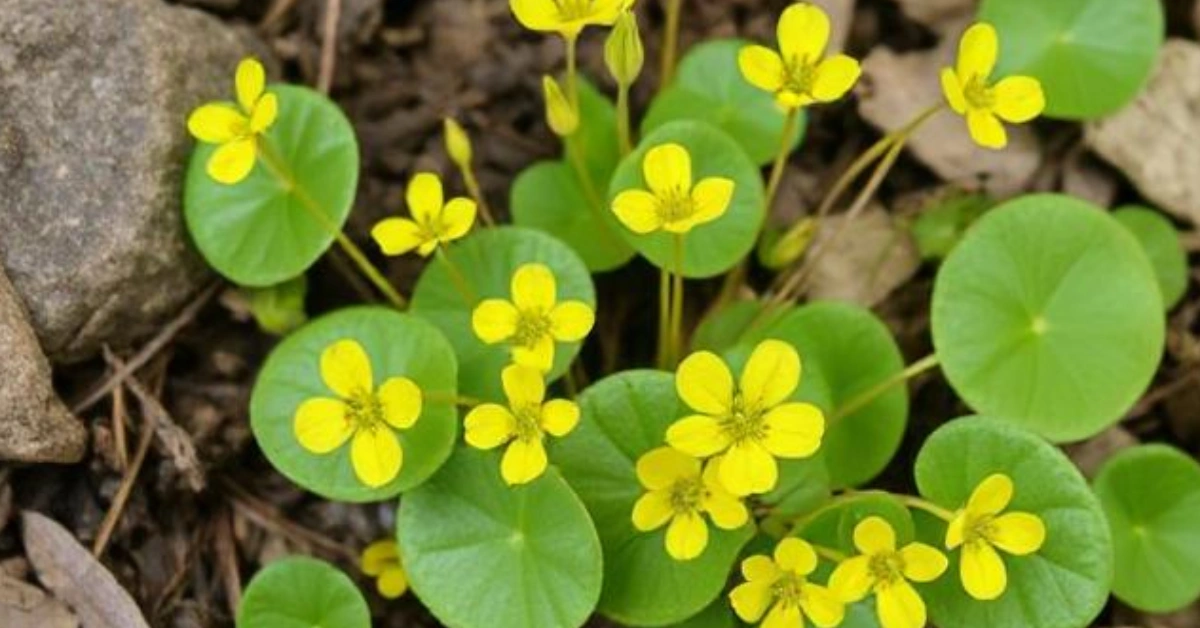
8. Black Medic (Medicago lupulina)
- Height: 1 to 2 feet
- Bloom Period: Summer
- Standout Trait: Clover-like foliage with small yellow flower clusters
- Control: Prevent seeding, enrich soil to discourage its growth in poor conditions.
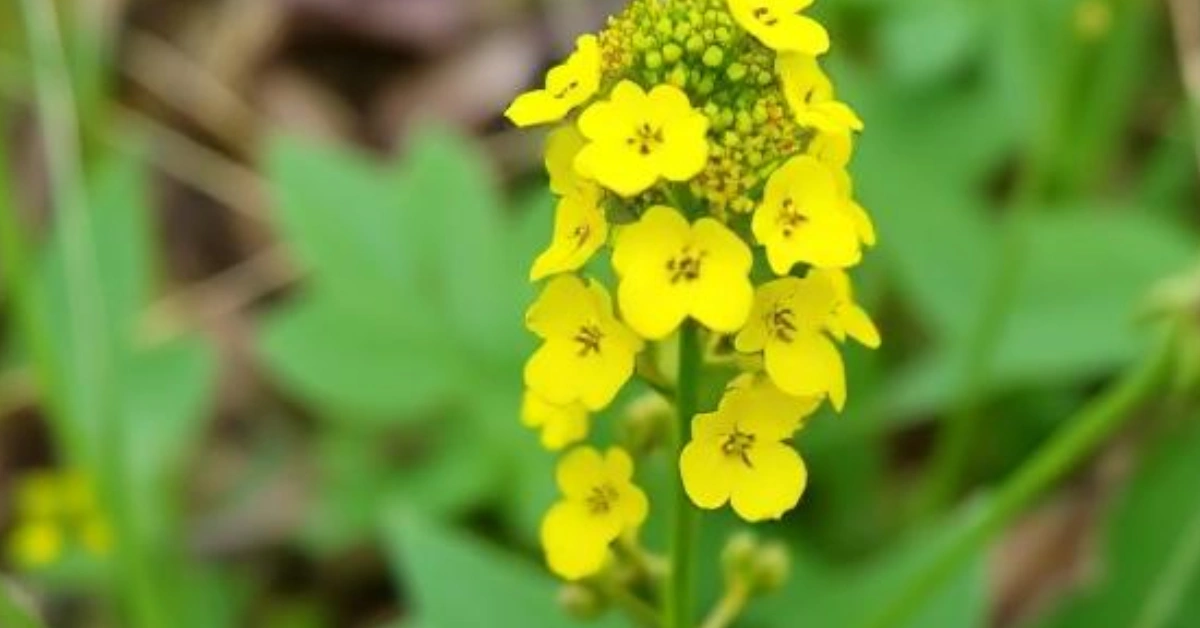
9. Wild Yellow Violets (Viola spp.)
- Height: 3 to 5 inches
- Bloom Period: Spring
- Standout Trait: Low-growing, multi-flowered perennials
- Control: Dig out before seeding. Watch for regrowth from rhizomes.
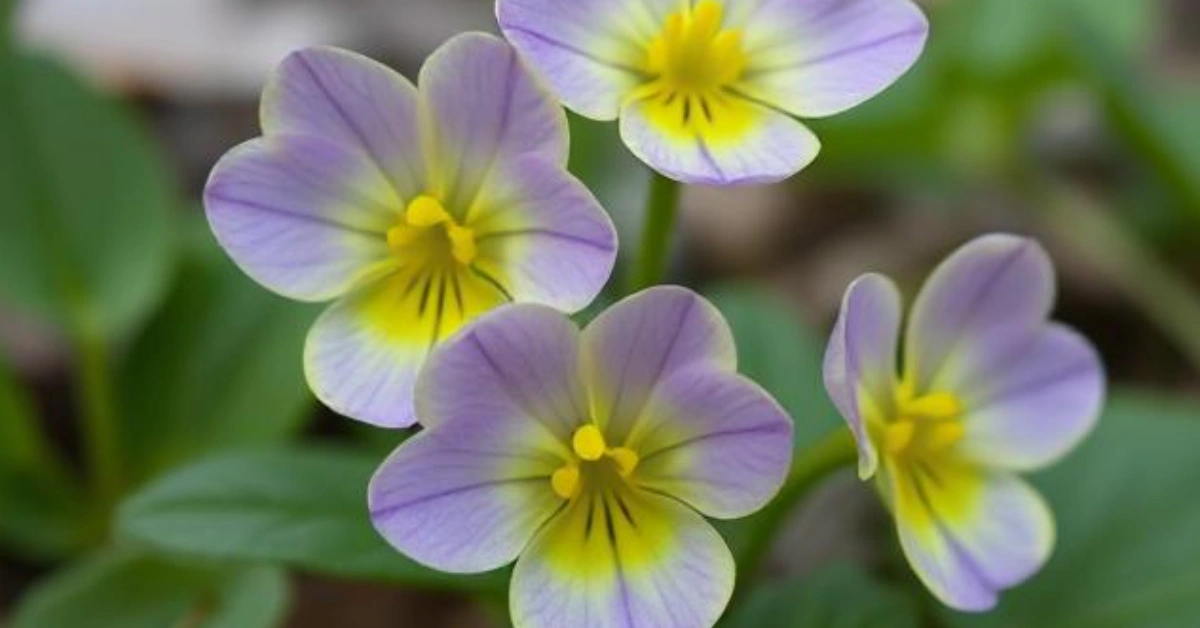
10. Yellow Jewelweed (Impatiens pallida)
- Height: 2 to 5 feet
- Bloom Period: Summer, fall
- Standout Trait: Trumpet-shaped flowers; thrives in shade
- Control: Pull by hand when soil is moist, before seed pods burst.

11. Evening Primrose (Oenothera biennis)
- Height: 3 to 5 feet
- Bloom Period: Summer, fall
- Standout Trait: Fragrant blooms open in the evening
- Control: Dig up basal rosettes in year one; avoid breaking taproots.
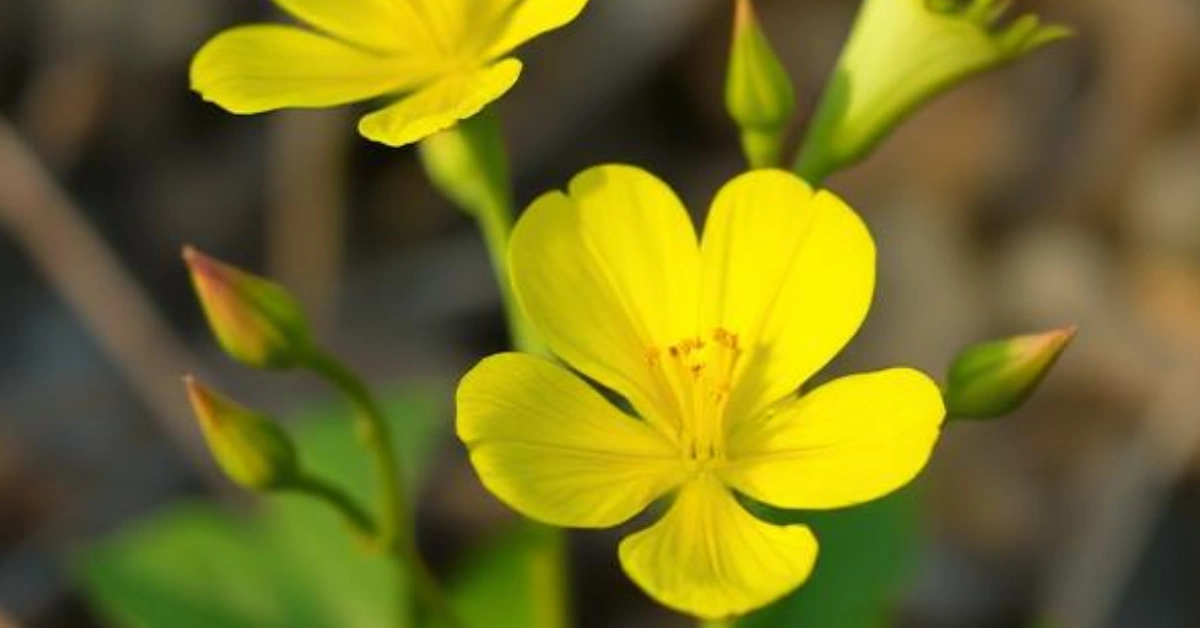
12. Creeping Buttercup (Ranunculus repens)
- Height: About 1 foot
- Bloom Period: Spring, summer
- Standout Trait: Glossy, cup-like yellow flowers
- Control: Dig out stolons completely. Improve drainage and fertility.
13. Greater Celandine (Chelidonium majus)
- Height: Up to 2 feet
- Bloom Period: Spring to early summer
- Standout Trait: Hairy, lobed leaves; thrives in shady gardens
- Control: Dig out rhizomes before seeds develop; mulch heavily in shaded areas.
How to Keep Yellow Flower Weeds from Coming Back
- Mulch: Use 2–4 inches of organic mulch to block light from reaching weed seeds.
- Water Wisely: Avoid overwatering. Most of these weeds thrive in moist soil.
- Dense Planting: Fill your garden beds with groundcovers or perennials to crowd out invaders.
- Regular Monitoring: Walk your garden weekly in spring and summer to catch new growth early.
Final Thoughts
If you’ve spotted a yellow flower weed in your garden, you’re not alone. These fast-growing, resilient invaders thrive in disturbed soil and can quickly overtake your flower beds or lawn if left unchecked. Early identification, strategic digging, and consistent maintenance are the best ways to keep your garden thriving—without letting weeds take center stage.

1 thought on “11 Yellow Flower Weeds Invading Canadian Summer Gardens in 2025: How to Eliminate Them for Good”